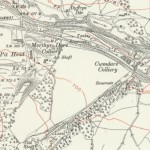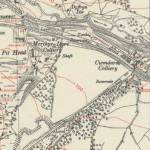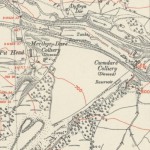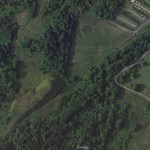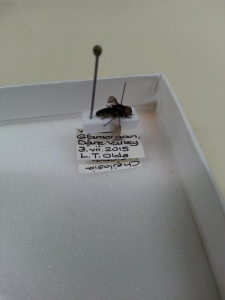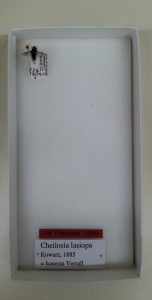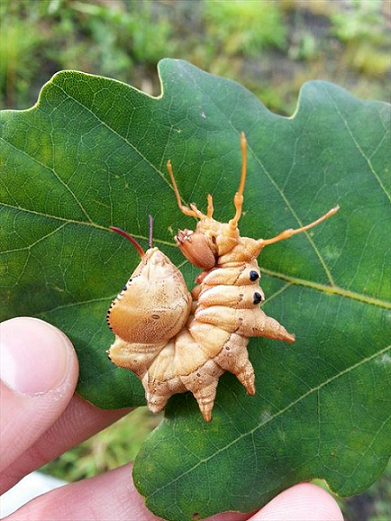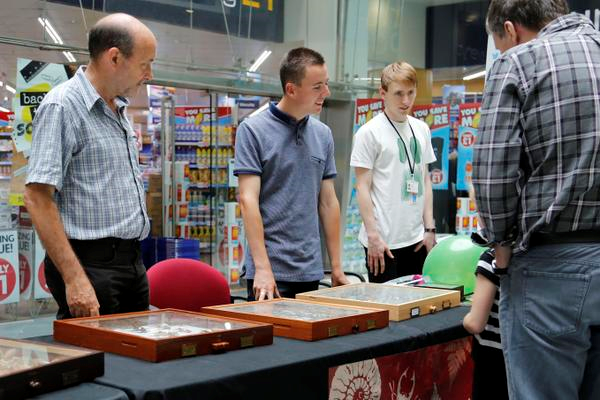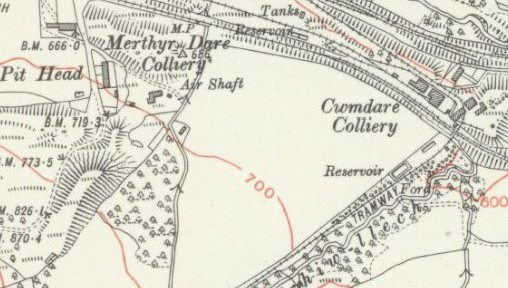
August has been another busy but extremely enjoyable month. During the course of this month, I have been fortunate enough to visit some interesting places, make some rather exciting discoveries and gain an insight into the history of my study sites.
Auchenorrhyncha of colliery spoil tips
I thought I’d kick things off by explaining a project I have been involved in which has examined Auchenorrhyncha (leafhoppers, plant hoppers etc.) found on colliery spoil tips in the South Wales valleys.
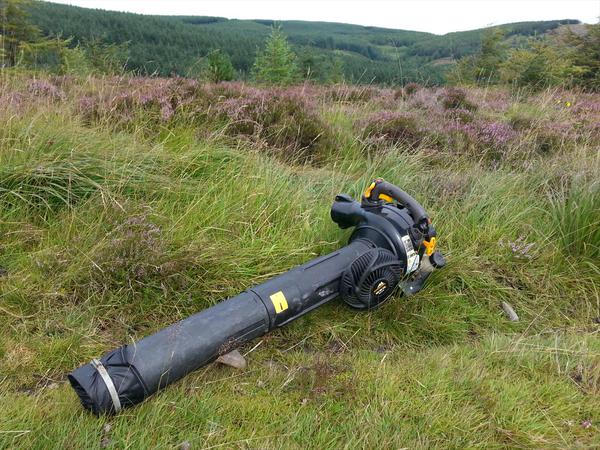
Suction sampler – an inverted leaf-blower used to suck up grassland invertebrates which are subsequently caught in a net. An essential piece of kit for surveying Auchenorrhyncha.
Throughout August, I have had the pleasure of working with two students who have been undertaking Nuffield Research Placements in the Natural Sciences Department of the museum. With Mike Wilson’s expertise in Auchenorrhyncha and my interest and knowledge of colliery spoil tips, it seemed appropriate for the students to examine Auchenorrhyncha associated with colliery spoil tips in the South Wales valleys. The aim of the study was to determine if any differences exist, in terms of Auchenorrhyncha abundance and species diversity, between naturally revegetated and technical reclaimed (i.e. landscaped, top-soiled and seeded) spoil tips. We targeted a number of different sites, ranging from technically restored tips of just 1 to 2 years of age, to naturally revegetated tips approximately 130 years old. Different grassland types were targeted at each site in an attempt to obtain the full complement of species present. The results made for a very interesting read! Auchenorrhyncha abundance and species diversity was generally found to be lower on naturally revegetated tips compared to technically reclaimed tips. This is perhaps expected since the creation of grassland habitats has been the principle aim during technical reclamation, with the spoil often being top-soiled and grass-seeded to encourage such development. The more grassland habitat you get, the greater the number of Auchenorrhyncha you would expect, given they are primarily grass sap feeders. Despite the limited extent of grassland habitats on naturally revegetated spoil tips, however, these sites support a higher proportion of less common species – with one species even being Nationally Notable. It therefore appears that allowing spoil tips to naturally revegetate favours Auchenorrhyncha species of greater conservation concern.
Mapping the history of spoil tips
While undertaking the study of colliery spoil Auchenorrhyncha, I wanted to determine an approximate age of all six of my study sites. Using old OS maps dating as far back as 1868, I was able to track the creation of the spoil tips and determine the approximate date at which tipping ceased. This proved to be an absolutely fascinating exercise that taught me lots about my study sites and local history. Below are three OS maps as an example. These maps track the formation of the Twin Tips at Dare Valley Country Park and are dated 1914, 1938 and 1948. The Twin Tips are situated in the bottom left of the OS maps. The other image shows the Twin Tips as they are today. By 1914, you can see that a tramway is in place and the formation of the tips has already begun. By 1938, the twin tips have grown significantly larger and the tramway has been extended. By 1948, you can see that the tramway has been removed and the twin tips are now complete. This information told me that the cessation of tipping can be dated to at least 1948. With the age of the tip based upon the time at which the cessation of dumping occurred, this makes the Twin Tips at least 67 years old and the oldest of my six study tips. Fascinating stuff!
Fieldwork & Discoveries
This month, I made a start on identifying some of the specimens I collected in spring and early summer. When trying to identify one particular hoverfly species, I kept keying it out to Cheilosia lasiopa. Numerous attempts continually resulted in me reaching the conclusion that my specimen was indeed Cheilosia lasiopa. This was thankfully confirmed by an expert at the museum. This proved rather exciting given that, despite its widespread status, this species is locally distributed with few records from Wales. According to LRC Wales Data Access Tool – an on-line resource displaying species records from all Local Records Centres in Wales – Cheilosia lasiopa has only been recorded 3 times in Wales (2 records near Wrexham and 1 record near Rhayader). If this is correct, my record will become the 4th for Cheilosia lasiopa in Wales and the first record from South Wales – how exciting! Equally exciting was finding out that there are no specimens of Cheilosia lasiopa in the National Museum of Wales entomological collection. My specimen now takes pride of place as the only specimen of Cheilosia lasiopa in the collection. Who knows what other interesting finds are awaiting discovery!
During this traineeship, I have developed a fascination for shieldbugs. This interest was further boosted by my discovery of the scarce Heather Shieldbug (Rhacognathus punctatus) a few months ago. Realising I hadn’t targeted my survey methods to include shieldbugs associated with trees (such as Birch Shieldbug), I set out to record such insects at Albion Tip, Cilfynydd, in August. When sweeping an oak tree, something unusual appeared in my net. I was at first puzzled by my find, at first mistaking it for a piece of bark. It was not until I looked closely that I realised it was a caterpillar, and a rather odd looking one to say the least. Thanks to the power of social media, it was not long before someone told me what species it was. It turned out to be a Lobster Moth caterpillar (Stauropus fagi). I had never seen a Lobster moth before, or even heard of one, let alone seen its caterpillar. This is by far the most impressive caterpillar I have ever seen! It is not common to find the caterpillar, so I was extremely pleased with my find. It was safely returned to its tree after this picture.
Events
Here is a quick summary of the public engagement activities I undertook in August.
- Assisted TCV Bristol and Merryn Preece (Royal Horticultural Society) in delivering a Family Growing day at TCV Tree Life Centre. I delivered a number of bug hunting activities with families, primarily pond-dipping due to the unfavourable weather conditions.
- Assisted OPAL in delivering bug hunts in Bute Park, Cardiff, as part of RSPB Cymru’s TAPE event.
- Assisted the National Museum of Wales in delivering a pop-up museum in the Capitol Shopping Centre in Cardiff city centre. I talked to the public about the invertebrate specimens on display and entomology in general.
- Assisted OPAL in manning a National Museum Wales marque at the ‘Celebrating Nature’ event held at Silent Valley LNR, Ebbw Vale. This event was organised by Gwent Wildlife Trust. I talked to the public about the specimens on display, and helped kids with craft activities.
Thanks for reading!
To find out more about the Natural Talent Traineeship, the Esmée Fairbairn Foundation, and National Museum Wales, please follow the links below.
Find out more about Natural Talent
Find out more about Esmee Fairbairn Foundation
Find out more about National Museum Wales

